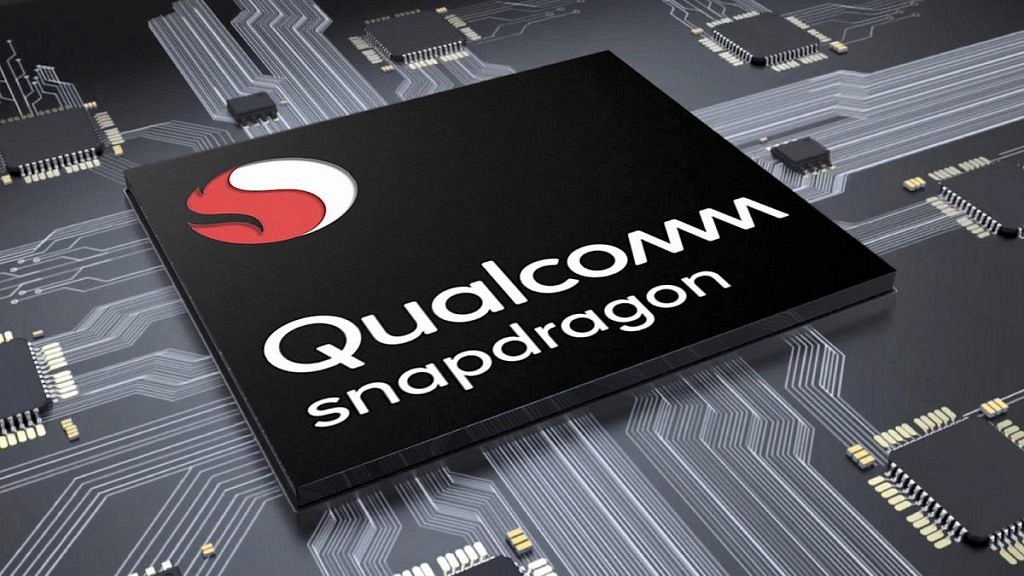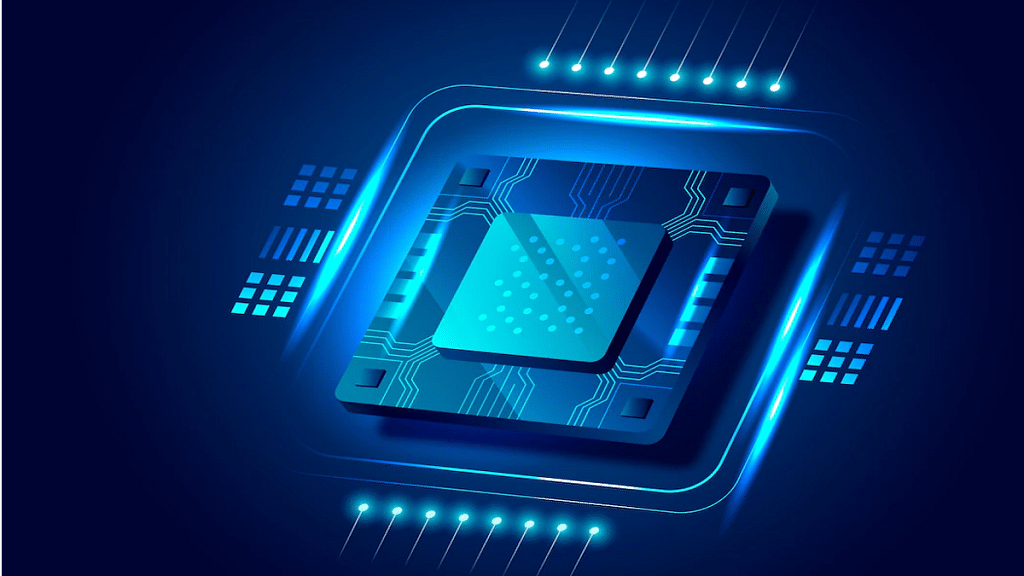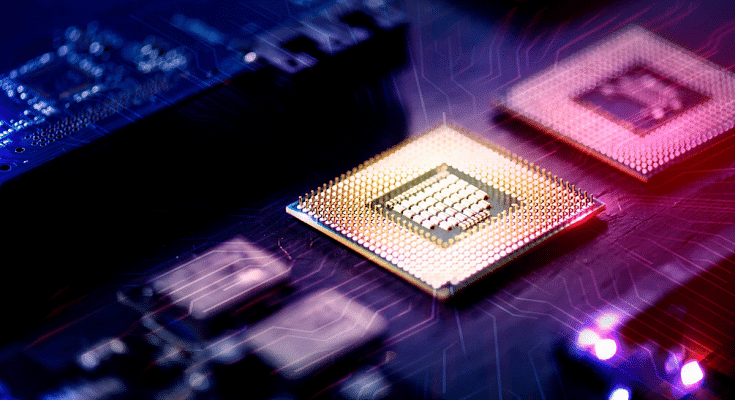Key Highlights
- Qualcomm Snapdragon 8+ Gen 1 is the most premium Android mobile chipset
- Apple A16 Bionic is another premium mobile chipset for iPhones
- OnePlus 10T, iQOO 9T are a few Snapdragon 8+ Gen 1 phones
- Apple iPhone 14 Pro and iPhone 14 Pro Max were recently announced with an A14 bionic chipset
Apple at its Far Out 2022 event has released the new-generation iPhone 14 series. The top-of-the-line iPhone 14 Pro and the iPhone 14 Pro Max are driven by the company’s in-house A16 Bionic chipset. Apple has used the latest flagship-grade mobile processor for power delivery on the aforementioned iPhone 14 models. The A16 Bionic chipset comes with improved CPU and GPU efficiency compared to the A15 Bionic which is used by the vanilla iPhone 14 and the iPhone 14 Plus.
On the other hand, Qualcomm also has one of the world’s most powerful mobile chipsets in the form of the Snapdragon 8+ Gen 1 SoC. This top-tier octa-core Qualcomm 5G chipset is currently driving some of the most powerful Android phones in the market including the OnePlus 10T, iQOO 9T, and the Motorola Edge 30 Ultra. How do these two flagship-grade mobile processors from Apple and Qualcomm compare in terms of CPU and GPU performances? Read out this comparison article for all the details:
Qualcomm Snapdragon 8+ Gen 1 Vs Apple A16 Bionic: CPU Architecture
Both Apple A16 Bionic and the Qualcomm Snapdragon 8+ Gen 1 processors have a strong CPU architecture. Qualcomm has fabricated the Snapdragon 8 Plus Gen 1 processor on a 4nm fabrication process. The same fabrication process (4nm) is used to design the Apple A16 Bionic processor. The SD 8 Plus Gen 1 chipset ships with the ARMv9-A instruction set and has around a 3200 MHz frequency range.

The octa-cores on this premium Qualcomm processor comprise a single Cortex X2 core with a 3.2GHz clock speed, three Cortex-A710 cores with a 2.75GHz clock speed, and four Cortex A-510 cores clocked at 2GHz. The Apple A16 Bionic processor has Hexa cores where two Everest cores are clocked at 3.46GHz, while two Sawtooth cores are clocked at 2.02GHz. This chipset also has the same ARMv9-A instruction set as the Snapdragon 8+ Gen 1 chipset.
Qualcomm Snapdragon 8 Plus Gen 1 Vs Apple A16 Bionic: GPU Comparison
The Qualcomm Snapdragon 8 Plus Gen 1 chipset has the Adreno 730 GPU integrated which is a part of the Adreno 700 GPU architecture. This chipset has a 900MHz GPU frequency, 1.1 Vulkan version, 2.0 OpenCL version, and 12 DirectX version. The Apple A16 Bionic processor ships with the Apple GPU for graphics which has six execution units. The GPU integrated inside both Snapdragon 8+ Gen 1 and the Apple A16 Bionic is potent to render extensive tasks smoothly and offer a premium gaming experience.
Qualcomm Snapdragon 8+ Gen 1 Vs Apple A16 Bionic: Memory, Multimedia (ISP)

Speaking of memory compatibility, both Qualcomm Snapdragon 8 Plus Gen 1 chipset and the Apple A16 Bionic processor support LPDDR5 RAM. However, the Qualcomm chipset supports a 3200MHz memory frequency, but the Apple A16 Bionic chipset offers a double 6400MHz frequency. This processor has maximum memory compatibility of 24GB, while the Apple chipset has just 8GB maximum memory support. The storage support is UFS 3.1 with the Snapdragon 8+ Gen 1 chipset and NVMe with the Apple A16 Bionic.
The Qualcomm Snapdragon 8 Plus Gen 1 chipset supports a maximum display resolution of 2160 x 3840 pixels and a 1x 200MP max camera resolution support. The Apple A16 Bionic offers a lower max display resolution of 1290 x 2796 pixels. While the SD 8 Plus Gen 1 can record and play up to 8K@30fps videos, the Apple A16 Bionic is capable of shooting and rendering 4K@30fps videos.
Qualcomm has added H.264, H.265, VP8, and VP9 video codecs and AAC, AIFF, CAF, MP3, MP4, and WAV audio codecs support on the Snapdragon 8+ Gen 1 chipset. On the other hand, Apple has added H.264, H.265, VP8, VP9, and Motion JPEG video codec, and AAC, AIFF, CAF, MP3, MP4, WAV, AC-3, E-AC-3, AAX, and AAX+ audio codecs on the A16 Bionic chipset.
Also Read | Qualcomm Snapdragon 8+ Gen 1 SoC Vs Samsung Exynos 2100: Which Is Better?
